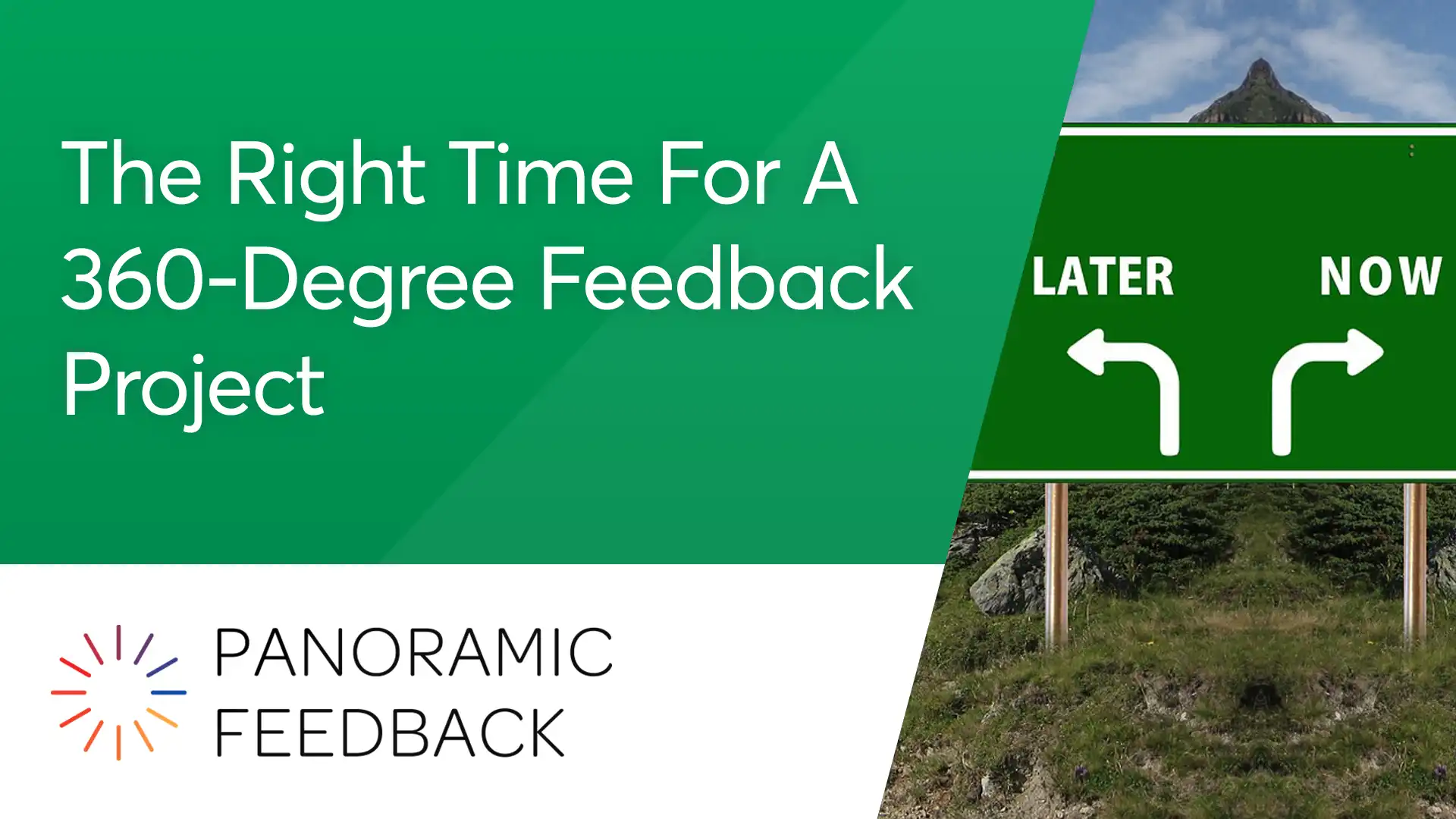What’s the best time to run a 360-degree feedback project? That’s a question plenty of organizations are asking.
The answer depends, of course, on your current situation. Here are four considerations.
Are your people returning to the office?
When workers shift back from their home offices to the central office, the interactions between them can become more challenging. The demanding give-and-take of office life is sharpened by the continuing threat of Covid.
More than ever, it’s evident who is or is not pulling their weight. Whose communication skills are effective, and who relies on intimidation or silence.
Incorporating a 360-degree feedback loop in the workplace allows people to ask for change where it’s required, and for those assessed to hear how they’re doing. Reliably, that leads to personal and professional growth, which means greater job satisfaction for all.
Has Covid overstressed your workers?
When people are stressed, it’s natural that they are less likely to interact positively and produce well.
One of the benefits of 360-degree feedback at this particular inflection point is that it can help your people fine-tune their skills.
After the tough times we’ve experienced, we all need a renewed sense of what we’re good at. The explicit appreciation that comes via 360 can be a real morale booster.
Is teamwork part of your business plan?
Not every organization puts a high value on teamwork. Some prefer the “star” system, while others focus on getting X amount of work out the door.
360-degree feedback is frequently selected by organizations where interaction and cooperation are key aspects of the business model. It’s particularly effective in settings where people sense that we’re all in this together.
Does your organization aspire to a culture of continuous improvement?
Some organizations rely on a constant influx of new employees to fill the gaps left by those who wander away.
Others believe it’s more effective, and certainly more cost-effective, to retain existing valuable personnel, and develop their skills. Such organizations typically have a multi-pronged strategy for retention and improvement, including a feedback program.
Only you can know if this is the right time in your organization for 360-degree feedback. But if you decide it is, talk to us about it, and we’ll be glad to help get you started.


